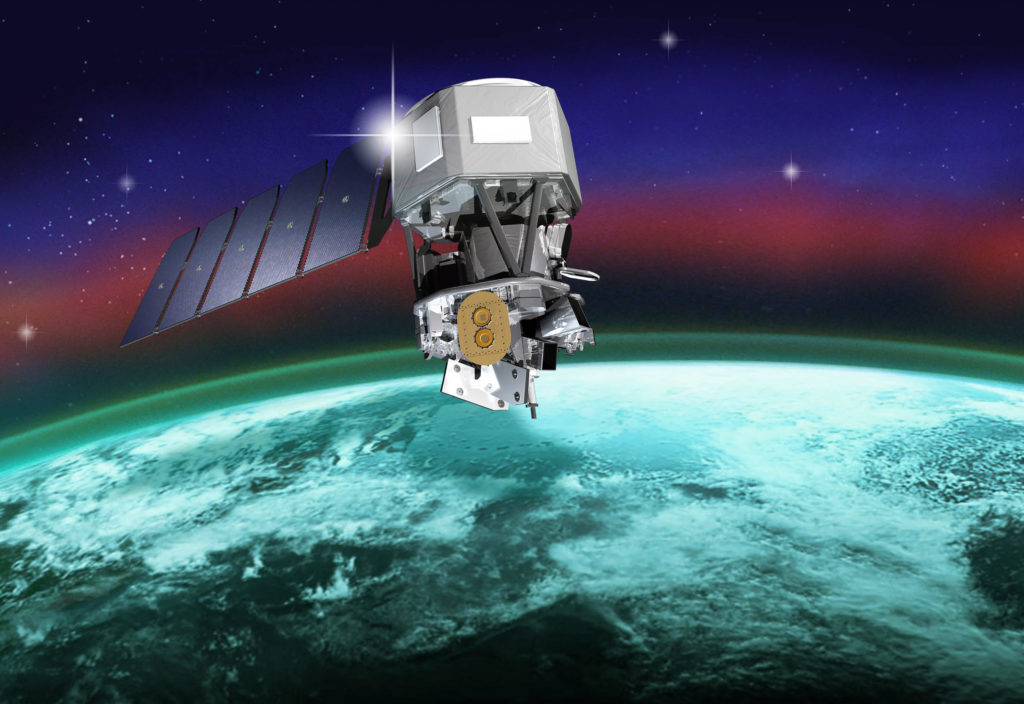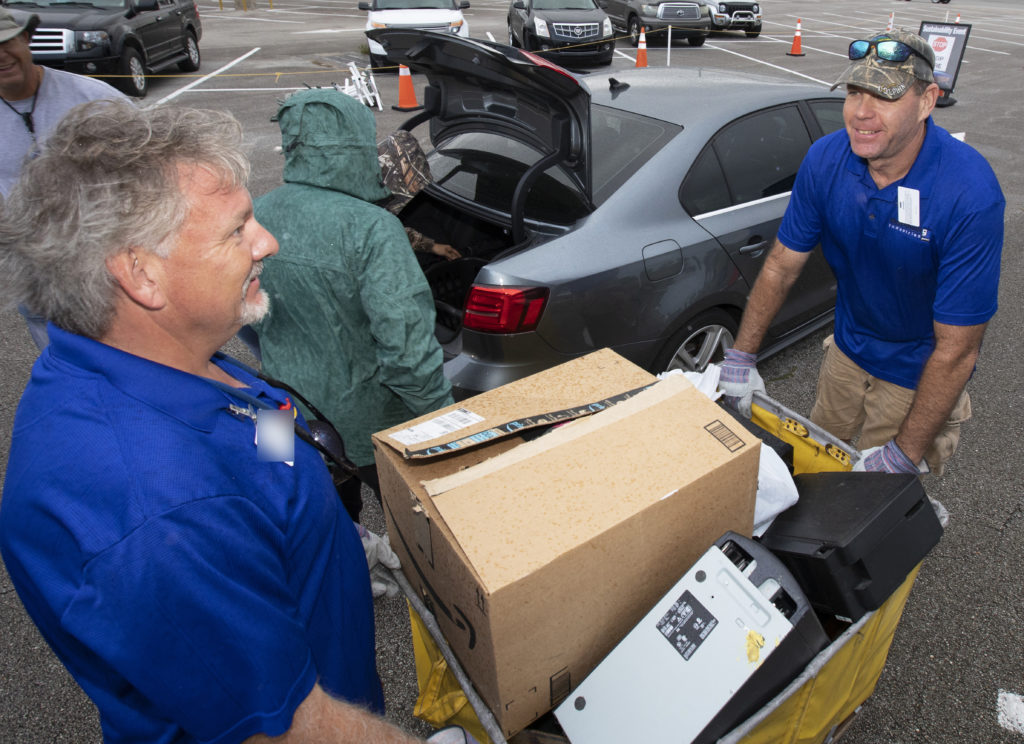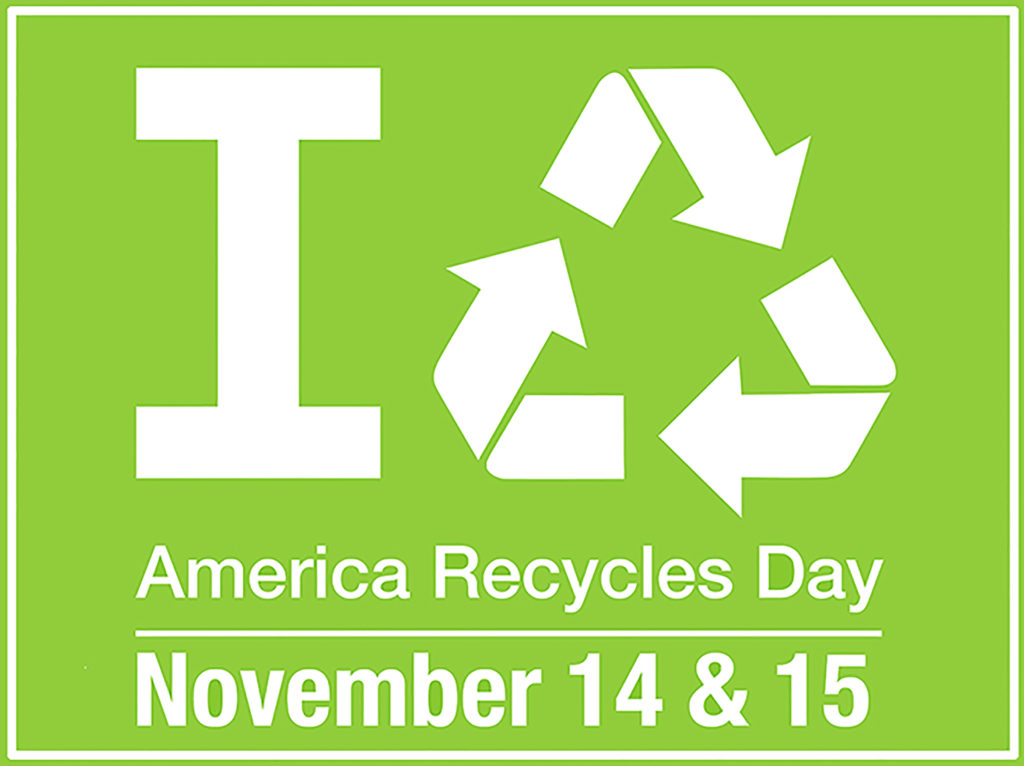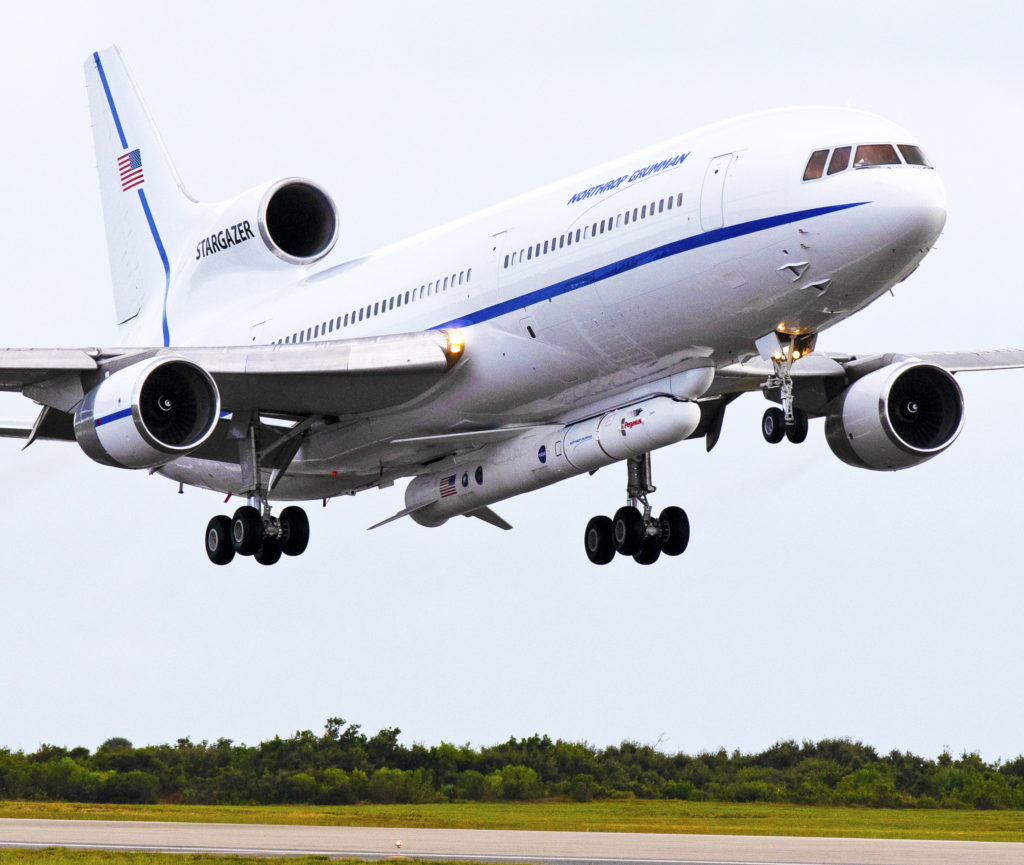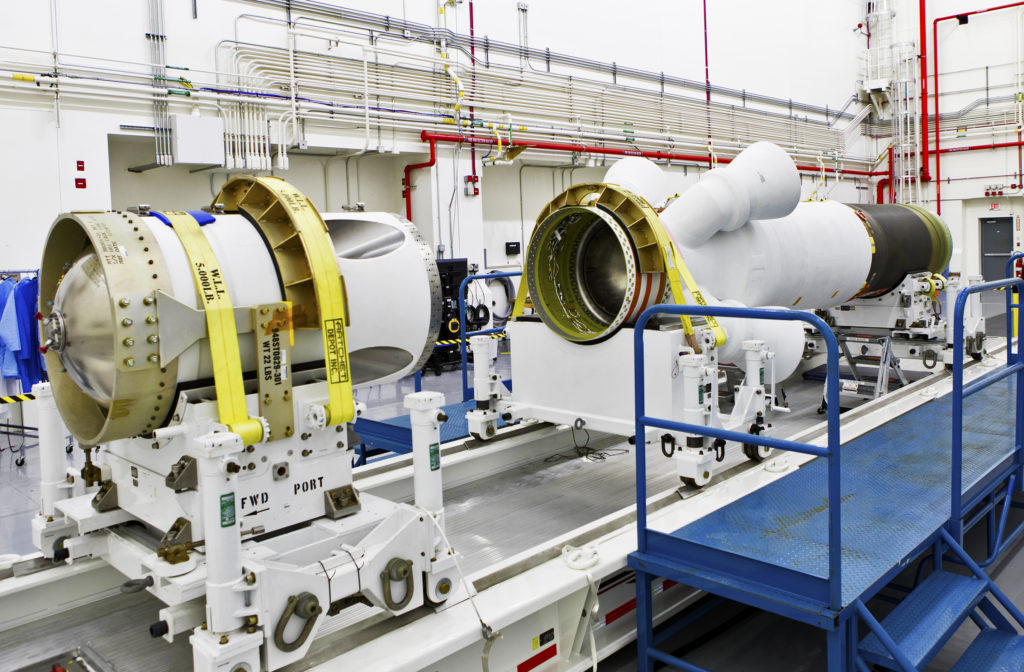
Photo credit: NASA/Frank Michaux
Launch Abort System, or LAS, motors are being assembled and checked out at NASA’s Kennedy Space Center in Florida for an upcoming test for the Orion spacecraft designed to send astronauts on trips to the Moon, and support human exploration to Mars.
Orion is designed to launch atop the agency’s Space Launch System (SLS) rocket that will take astronauts into deep space. Before flying astronauts, the Ascent Abort-2 (AA-2) flight test will help verify that the LAS can pull astronauts to safety in the event of a problem during launch.
The crew escape system will be attached to the top of the spacecraft.
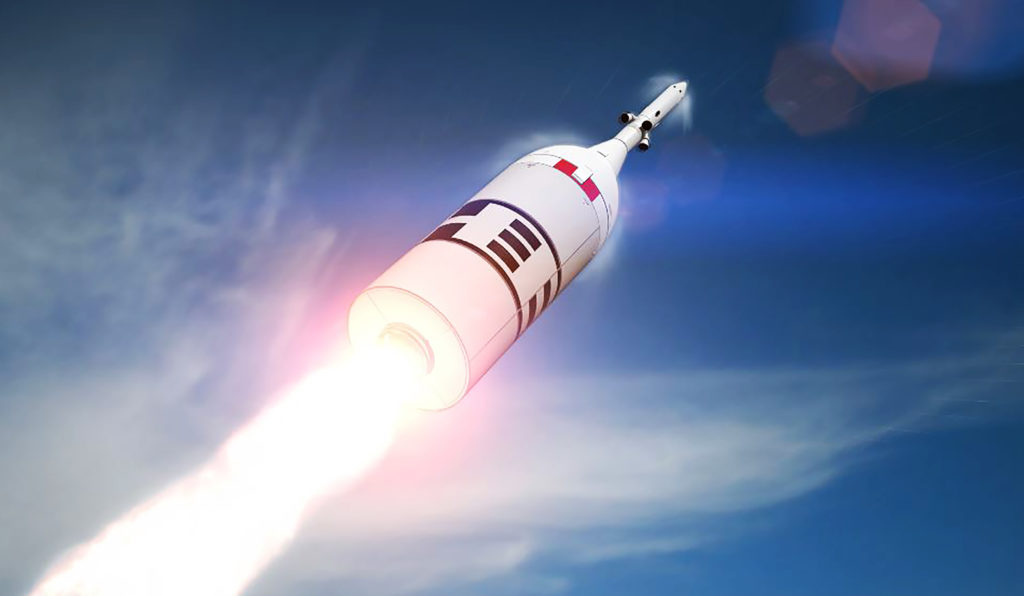
Photo credit: NASA
According to Carlos Garcia of Orion Production Operations at Kennedy there are three motors on the LAS- the abort, attitude control and jettison motors. The abort motor can propel the crew module away from the rocket in milliseconds should there be an issue with SLS on the pad or during launch. The attitude control motor would steer the spacecraft during the maneuver. The jettison motor will pull the LAS away from the crew module, allowing Orion’s parachutes to deploy with the spacecraft safely landing in the ocean.
The abort and jettison motors for the test arrived on Aug. 27 and Sept. 10, 2018 respectively, and the attitude control motor was delivered Dec. 15.
“As the motor segments come in, we align and mate them to the motor truss assembly,” Garcia said. “We’re working on the electrical connections now.”
All are being checked out and processed in the Launch Abort System Facility, or LASF, prior to final assembly.
“Once the LAS assembly and checkout are complete, we’ll do a soft mate to the Orion crew module mock-up,” Garcia said. “That test will help us make sure everything is working as intended.”
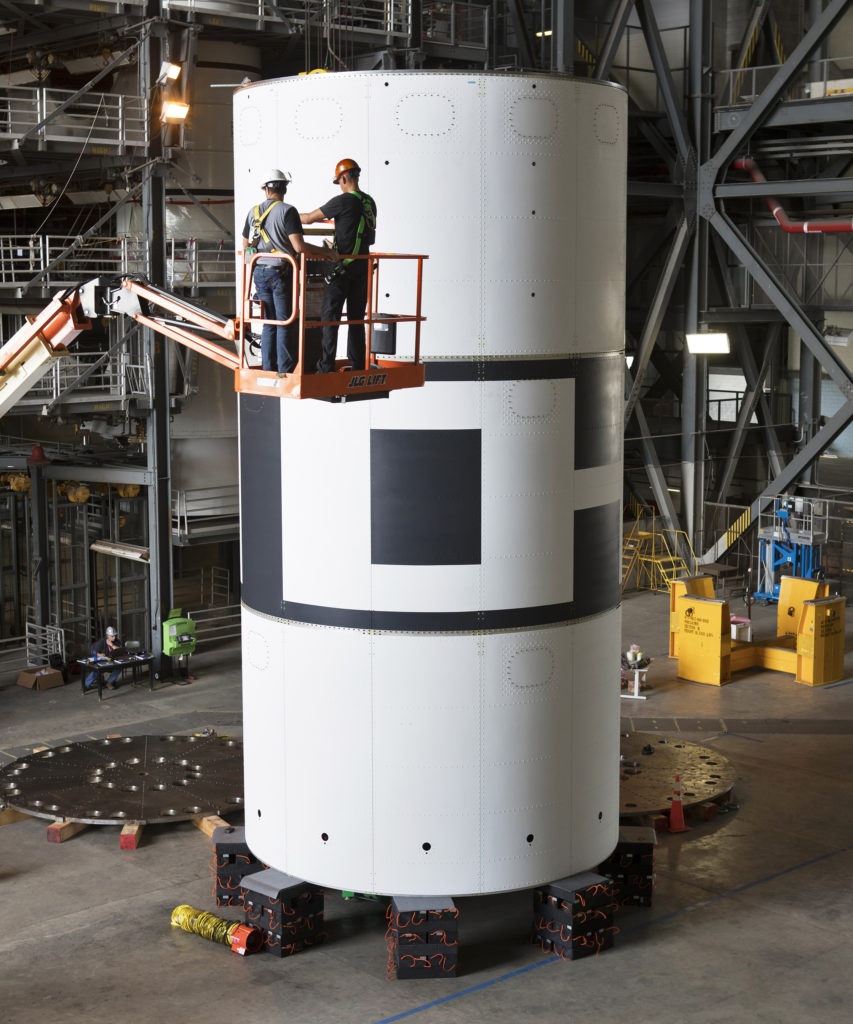
Photo credit: NASA/Kim Shiflett
For AA-2, a test version of Orion equipped with 284 sensors will launch atop a booster provided by Northrop Grumman from Space Launch Complex (SLC) 46 at Cape Canaveral Air Force Station. The test booster is being processed in the space center’s Vehicle Assembly Building and later will be transported to SLC 46.
“After the LAS is mated to Orion, the combination will be moved to the Cape for mating to the booster,” Garcia said.
Targeted for May 2019, AA-2 will test an LAS abort under the highest aerodynamic loads it would experience in flight. The booster will accelerate to 31,000 feet, traveling at more than 1,000 miles an hour. The LAS abort motor then will ignite, pulling the crew module away from the booster.
The jettison motor separates the LAS from the crew module. The AA-2 test will conclude as data recorders are jettisoned for retrieval in the Atlantic Ocean.


